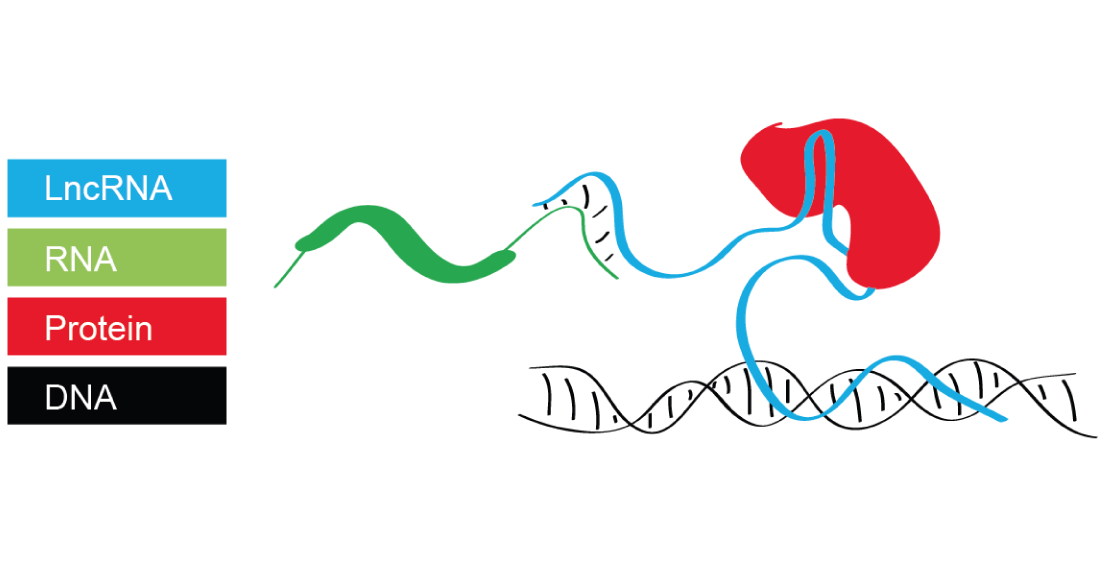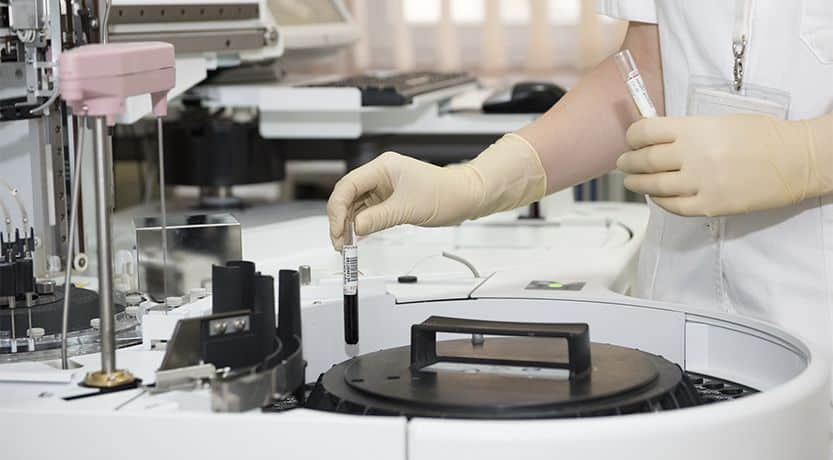Background: Cryptorchidism is a frequent endocrinopathy in boys that has been associated with an increased riskof developing testicular cancer and infertility. The condition is curable by combined surgery and hormonaltreatment during early pre-pubertal stages using gonadotropin releasing hormone agonist (GnRHa). However,whether the treatment also alters the expression of testicular long non-coding RNAs (lncRNAs) is unknown. To gaininsight into the effect of GnRHa on testicular lncRNA levels, we re-analyzed an expression dataset generated fromtesticular biopsies obtained during orchidopexy for bilateral cryptorchidism.Results: We identified EGFR-AS1, Linc-ROR, LINC00221, LINC00261, LINC00282, LINC00293, LINC00303, LINC00898,LINC00994, LINC01121, LINC01553, and MTOR-AS1 as potentially relevant for the stimulation of cell proliferationmediated by GnRHa based on their direct or indirect association with rapidly dividing cells in normal andpathological tissues. Surgery alone failed to alter the expression of these transcripts.Conclusion: Given that lncRNAs can cooperate with chromatin-modifying enzymes to promote epigeneticregulation of genes, GnRHa treatment may act as a surrogate for mini-puberty by triggering the differentiation ofAd spermatogonia via lncRNA-mediated epigenetic effects. Our work provides additional molecular evidence that infertility and azoosper
Download complete article
Category: Infertilität
Is Hormonal Treatment of Congenital Undescended Testes Justified?
Abnormal germ cell development in cryptorchidism is not a result of a congenital dysgenesis but is preceded by a hormone imbalance and perturbation in germ cell-specific gene expression during abrogated mini-puberty.Adequate treatment with low doses of GnRHa enables 86% of men to achieve a normal sperm count and, most importantly, prevent development of azoospermia. GnRHa treatment induces a significant transcriptional response, including protein coding genes involved in pituitary development, the hypothalamic-pituitary-gonadal axis, and testosterone synthesis. Furthermore, hormonal treatment to achieve epididymo-testicular descent as a first choice of treatment of cryptorchidism has a long tradition in Europe. It eliminates the necessity of subsequent surgery. Moreover, in the cases of non-responders it facilitates orchidopexy and contributes considerably to a reduced incidence of unilateral and the more serious bilateral complete post-surgical testicular atrophy.
Download complete article
DMRTC2, PAX7, BRACHYURY/T and TERT Are Implicated in Male Germ Cell Development Following Curative Hormone Treatment for Cryptorchidism-Induced Infertility
Defective mini-puberty results in insufficient testosterone secretion that impairs the differentiation of gonocytes into dark-type (Ad) spermatogonia. The differentiation of gonocytes into Ad spermatogonia can be induced by administration of the gonadotropin-releasing hormone agonist, GnRHa (Buserelin, INN)). Nothing is known about the mechanism that underlies successful GnRHa treatment in the germ cells.
Download complete article



